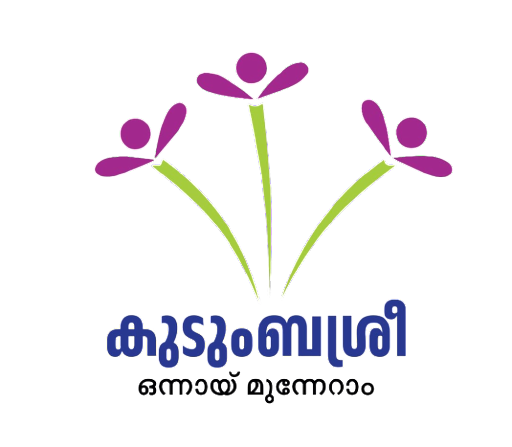Ashraya
Ashraya is an integrated project aimed at identification and rehabilitation of destitute families. Started in 2002 as a follow up of the Kudumbashree initiative to identify the families that had been left out even from the outreach of decentralised planning and poverty alleviation programmes.
The scheme requires every Grama Panchayat to prepare separate micro-projects for each destitute household identified. These micro projects are then integrated with the annual plans of the Grama Panchayats. The scheme is financed by combining plan funds of the Grama Panchayats, contributions by Block and District Panchayats, centrally sponsored schemes, and State government funds.
During the first year of implementation, 101 Grama Panchayats in the State came up with projects, involving rehabilitating 8233 destitute families. The Grama Panchayats had been able to ensure institutional systems for the simultaneous implementation of multiple micro plans in the field.
Ashraya - Salient Features
Ashraya stands out as a unique scheme in destitute identification and rehabilitation because of certain key features. These features have been built into the very design of the scheme; some of them were there from the beginning, while some others were added subsequently based on experience.
- Kudumbashree CDS is the designated agency for implementation
- Destitute families are identified by NHGs, verified by ADS, eligibility checked at the CDS, and approved by the Grama Panchayat Committee.
- Objective and transparent process for identification of destitute families
- Integrated approach addressing the survival needs, basic amenities, continued support, and development of destitute families through a package of care services
- Multi-year projects; three year duration initially, extendable through projects for continued support to the needy
- Individual micro projects for every destitute family, prepared at the NHG level
- Micro projects combined at the CDS level, and integrated with the GramaPanchayat’s Plan
- Financing by central, State government support, contributions by District and Block Panchayats and plan fund of the respective Grama Panchayats; Attempts to mobilise financial and other support from agencies and individuals
- Utilisation of existing schemes:
- Land for house construction for the homeless by Grama Panchayat
- House under Indira AwasYojana (IAY)
- Electrification through Rajiv Gandhi GrameenVidyutikaranYojana
- Drinking water through the special scheme of Kerala Water Authority (KWA) covering BPL families, and
- Latrine through support from Total Sanitation Mission and so on.
- Challenge Fund for Grama Panchayats that decided to provide food to the destitute family. Challenge Fund up to Rs 25 lakh (Initially Rs 10 lakh; later revised to Rs 25 lakh), limited to 40% of the total project cost.
- Special Ashraya Projects for tribal families under Tribal Sub Plan
- Challenge fund Rs 40 lakh subject to the ceiling of 40% of the total outlay
- Challenge fund can be used for all components other than those relating to creation of basic amenities
The way Ashraya evolved into a comprehensive scheme can be seen from the various government orders, circulars, and directions that have been issued over the years.
Ashraya - Achievements
Ashraya has been implemented in 890 GramaPancahayats and 32 urban local bodies of the State by 2015. A total of 72,116 families have been identified and projects worth Rs 4107.6 million have been prepared. Hundreds of projects are under implementation across the State.
Destitute rehabilitation under Ashraya has been process oriented. With the community organisation of Kudumbashree playing a pivotal role, the scheme has been able to generate several success stories. Achievements of the scheme are mostly attributed to some of its special features:
- The project beneficiaries are destitute families; not individuals.
- There is no application forms and approval; the Grama Panchayat identifies the destitute family through Neighbourhood Groups.
- Ownership of house constructed for a destitute family goes to the Grama Panchayat after the death of a destitute, if there are no survivors in the family; Grama Panchayat may allot this house to another destitute family.
- Special system at the District Planning Committee (DPC) level to vet Ashraya projects.
- Co-financing of every Ashraya Project by State Poverty Eradication Mission using State Plan Funds to the extent of 25% of the project cost or Rs 10 lakh.
















